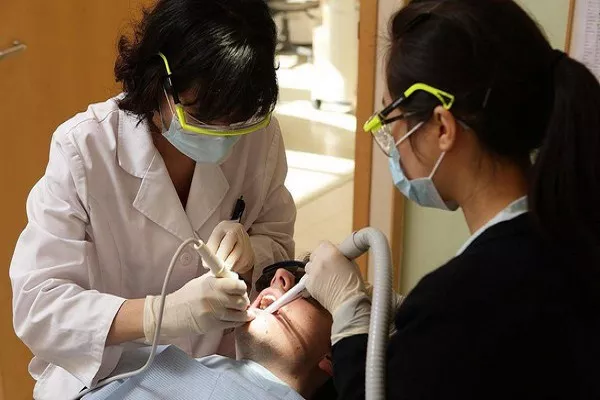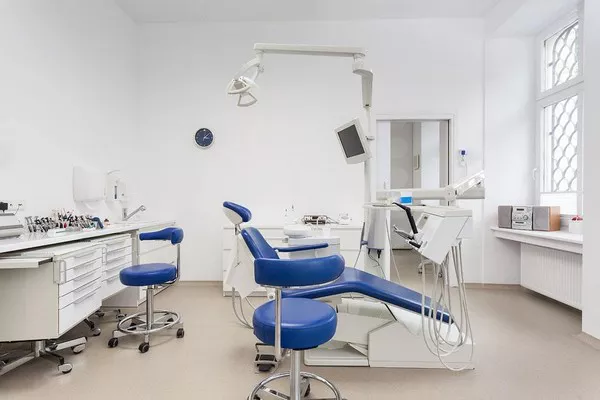Orthodontic treatment is a popular way to correct misaligned teeth and bite issues, but many people are unsure about the cost of private orthodontic treatment.
The cost of orthodontic treatment can vary depending on several factors, including the type of treatment needed, the length of treatment, and the location of the orthodontic practice.
- Types of Orthodontic Treatment
There are several types of orthodontic treatment, and the cost of treatment can vary depending on the type of treatment needed. Traditional metal braces are often the most affordable option, with costs ranging from $3,000 to $7,000 for a full course of treatment. Clear aligners, such as Invisalign, can be more expensive, with costs ranging from $3,000 to $8,000 or more, depending on the complexity of the case.
- Length of Treatment
The length of orthodontic treatment can also affect the cost. Most orthodontic treatment takes between 12 and 24 months, but more complex cases may require longer treatment times. The longer the treatment, the more expensive it may be. In some cases, additional treatments, such as retainers, may also be needed after the primary treatment is complete, which can add to the overall cost.
- Location of the Orthodontic Practice
The location of the orthodontic practice can also impact the cost of treatment. Orthodontic practices in larger cities or more affluent areas may have higher prices than practices in smaller towns or rural areas. It’s important to consider the location of the practice when comparing prices, but it’s also important to choose an orthodontist who has the necessary qualifications and experience to provide quality treatment.
- Insurance Coverage
Many dental insurance plans provide coverage for orthodontic treatment, but coverage can vary depending on the plan. Some plans may cover a portion of the cost, while others may cover the entire cost of treatment. It’s important to check with your insurance provider to determine what coverage is available.
- Financing Options
Many orthodontic practices offer financing options to help make treatment more affordable. These options may include payment plans, which allow patients to spread the cost of treatment out over several months, or financing through a third-party provider. These options can make orthodontic treatment more accessible to patients who may not be able to afford the entire cost upfront.
In conclusion, the cost of private orthodontic treatment can vary depending on several factors, including the type of treatment needed, the length of treatment, and the location of the orthodontic practice. While the cost of treatment may seem daunting, there are options available to make treatment more affordable, such as insurance coverage and financing options. It’s important to choose an orthodontist who has the necessary qualifications and experience to provide quality treatment, and to discuss the cost of treatment and available financing options before beginning treatment.
































